The open air museum is alive with living history, demonstrated by costumed Historical Interpreters in structures throughout the campus. The campus zones interpret life in the 1770s, 1820s, and 1860s. Historic trades are displayed in shops, and domestic life is shown inside historic homes. Also included in general admission is a series of daily programs throughout the site, including talks and demonstrations of trades, political life in the 19th century, and the evolution of 1850s fashions. Set against the backdrop of the woods and wetlands surrounding the site, the Open Village is an immersive experience that educates and inspires.
Main Village (1860s).
The historic village of Richmond served as the county seat of Staten Island until the early 20th century. The 3rd County Courthouse (Visitor Center) was the focal point of the town, with additional government buildings, private homes, and trade shops clustered around the town center.
Outer Village (1780s).
On the outskirts of town, near the forest and wetlands beyond, several historic structures built in the 18th century provide a glimpse into colonial Staten Island. During the American Revolution, Staten Island was occupied by British forces who use the island as a staging area and supply depot. From farm to farm, Staten Islanders debated the cause of independence versus loyalty to the British King.
Lower Village (1820s).
Along the banks of the Richmond Creek and along Richmond Road, an early American town comes into focus. Following the American Revolution, a young nation begins to develop. Taverns play host to political discussions and lively entertainments, and handmade goods such as brooms and baskets are made in local shops and farmhouses.


